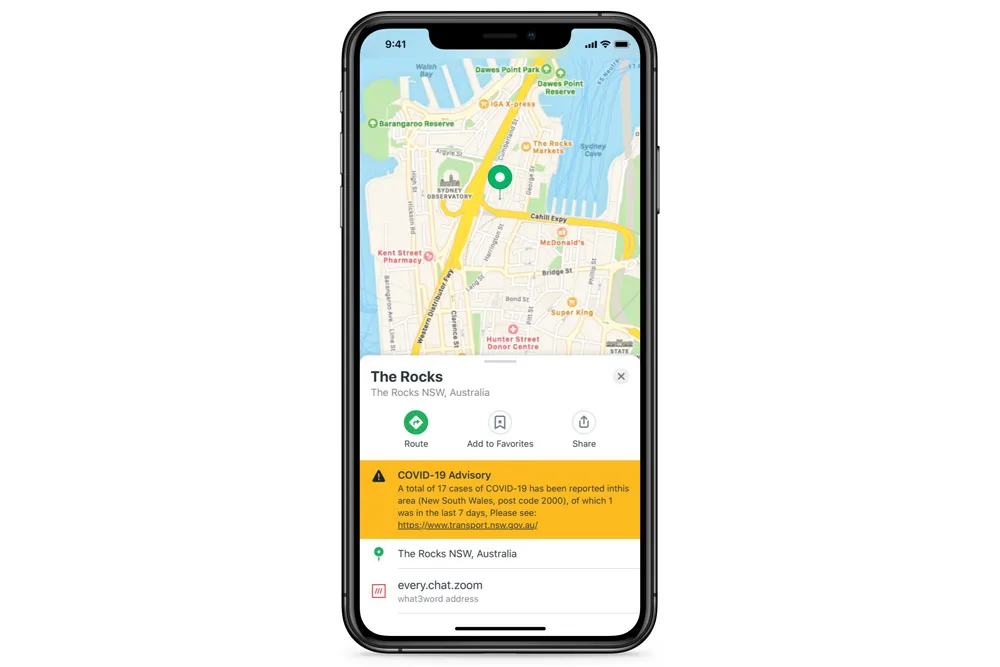Vix Technology’s updates to its BusNet solution gives public transport providers the option to supply real-time information to Google Maps using the Google Transit interface. This opens up the information to a huge potential passenger audience without the need for a specialist app or website.The real-time information includes vehicle position and trip updates (predicted arrival or departure for stops along the route) and are provided. Trip updates can also accommodate added, cancelled or rerouted services.
September 25, 2014
Read time: 1 min

A fleet management function allows the control room to allocate replacement vehicles in the event of a breakdown while maintaining the automatic prediction updates for that service from the new vehicle.










